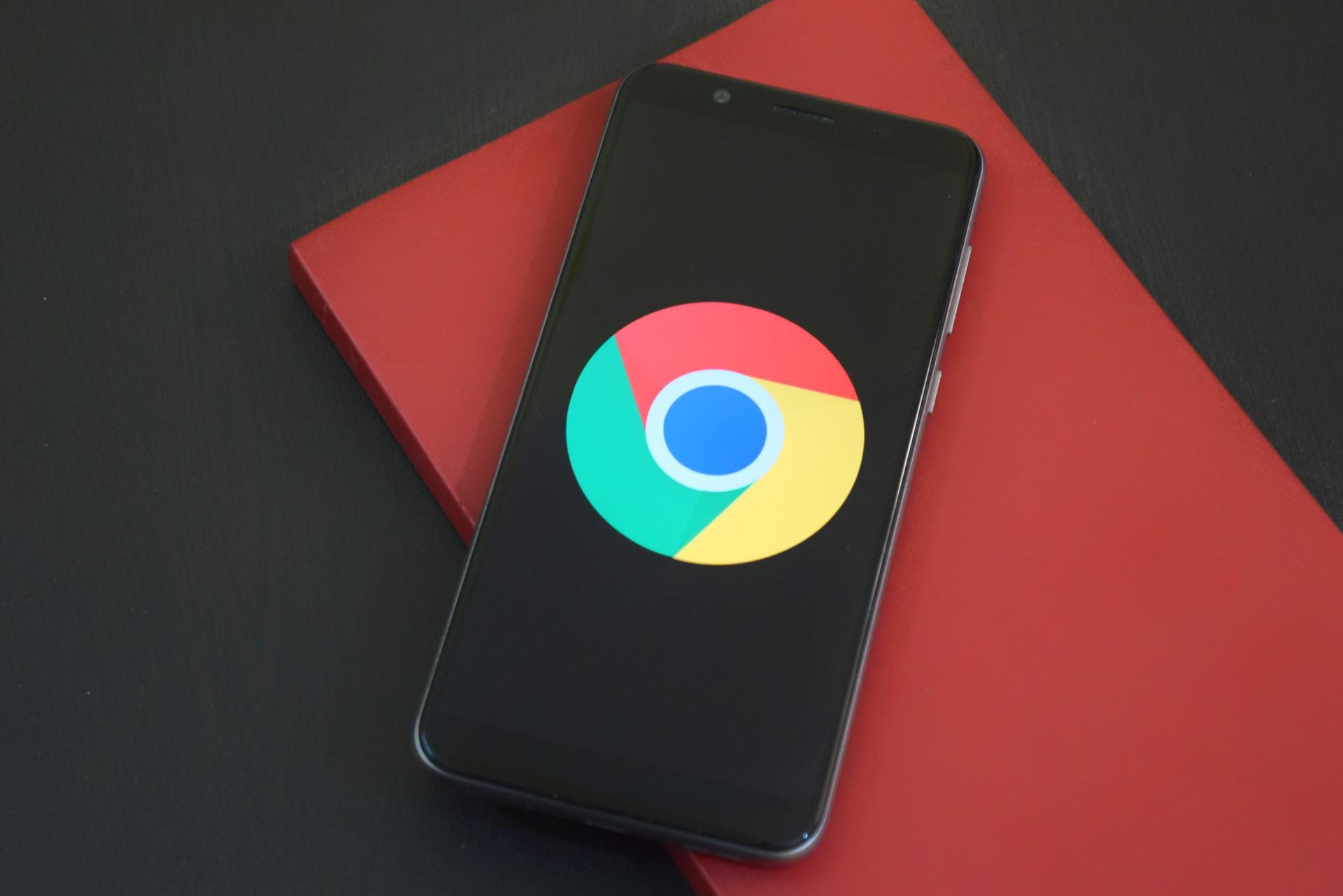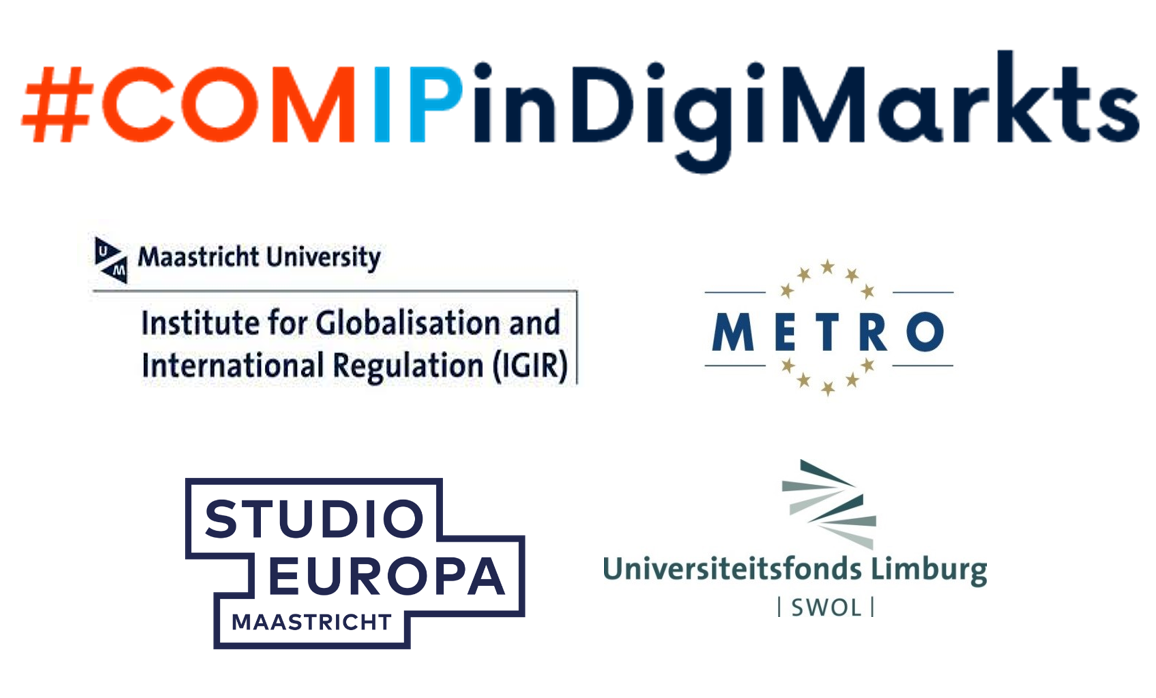Google v. Oracle: reimplementing application program interfaces does not infringe copyright

The drafters of EU Computer programmes Directive were aware of the competition law implications of extending protection to the interfaces necessary to enable interoperability of programs and devices. Neither the U.S. Congress nor the CONTU seemed to think of interoperability. So the U.S. Copyright Act of 1976 as amended says nothing about program interfaces or interoperability. In light of this, in their latest article, Samuelson and Lemley talk about interfaces and interoperability after Google v. Oracle arguing that notwithstanding the Court’s assumption that APIs are copyright-protectable, the numerous appellate court rulings that interfaces are not within the scope of protection afforded to computer programs remain good law. The article explains why uncopyrightability defenses are better than fair use defenses to fend off over-expansive software copyright claims. This blog summarizes some of the key thoughts therein.
When the European Union was considering granting copyright protection to computer programs in the early 1990s, the drafters of its directive on the legal protection of computer programs were aware of the competition law implications of extending such protection to the interfaces necessary to enable interoperability of programs and devices.[1]
To avoid impeding competition in the development of computer programs, the Directive identifies program interfaces as unprotectable elements of programs, as two recitals in the preamble of this directive recognize:
|
(10) The function of a computer program is to communicate and work together with other components of a computer system and with users and, for this purpose, a logical and, where appropriate, physical interconnection and interaction is required to permit all elements of software and hardware to work with other software and hardware and with users in all the ways in which they are intended to function. The parts of the program which provide for such interconnection and interaction between elements of software and hardware are generally known as ‘interfaces’. This functional interconnection and interaction is generally known as ‘interoperability’; such interoperability can be defined as the ability to exchange information and mutually to use the information which has been exchanged. (11) For the avoidance of doubt, it has to be made clear that only the expression of a computer program is protected and that ideas and principles which underlie any element of a program, including those which underlie its interfaces, are not protected by copyright under this Directive.[2] |
To effectuate this policy, the Directive authorizes the decompilation of computer programs when necessary to get information necessary to make a program compatible with another program.[3]
Neither the U.S. Congress nor the National Commission on New Technological Uses of Copyrighted Works (CONTU), which recommended copyright protection for computer programs,[4] had the same awareness as EU policymakers about why interoperability of programs was an important value that would justify limiting the scope of copyright protection to interfaces. So the U.S. Copyright Act of 1976 as amended says nothing whatsoever about program interfaces or interoperability.
The first U.S. court to have considered whether program interfaces should be protectable by copyright law was the Second Circuit Court of Appeals in Computer Associates Int’l, Inc. v. Altai, Inc., 982 F.2d 693 (2d Cir. 1992). CA charged Altai with infringing by copying CA’s list of services and parameter lists. Because CA and Altai were competitors in the market for scheduling programs to interoperate with IBM operating system (OS) programs, the court thought that the list of services was dictated by the demands of the IBM OS software and the parameter lists specified interfaces needed for both parties’ scheduling programs to interoperate with the IBM software. The court affirmed a lower court decision in Altai’s favor, finding no infringement of CA’s copyright. Several other appellate courts followed Altai’s lead in deciding that program interfaces needed to achieve interoperability were unprotectable by copyright law.[5]
The U.S. Supreme Court addressed the legality of unauthorized reimplementation of program interfaces in its recent decision in Google LLC v. Oracle Am., Inc., 141 S. Ct. 1183 (2021). At issue in that case was whether Google’s reimplementation of 37 packages of the Java API for its Android smartphone platform, in particular, 11,500 declarations embodied in those packages, infringed Oracle’s copyright. Google raised two defenses to this charge: first, that the declarations were unprotectable by copyright law under Altai and similar precedents, and second, that its reimplementation of the interfaces was fair use.
The Court did not rule on whether copyright protection is available to APIs, but “assume[d], but purely for argument’s sake,” that copyright does protect program interfaces.[6] However, it decided that Google’s reuse of these declarations was fair use.[7] There is no counterpart in EU law to the open-ended U.S. fair use defense to copyright infringement charges. A brief explanation to this European audience is in order.
Section 107 of U.S. copyright law states that making a fair use of another person’s work is not an infringement. It directs courts to consider four factors when determining whether a use is fair or infringing: 1) the purpose and character of the use; 2) the nature of the copyrighted work; 3) the amount and substantiality of the taking; and 4) harm to the market for or value of the copyrighted work.[8]
The Court’s Google opinion discussed the nature of the work factor first, emphasizing the functionality of the declarations which are inextricably bound up with and serve as an interface between method calls by which Java programmers invoke a certain type of functionality (in which Oracle claims no rights) and implementing code (which is copyright-protected, but which Google did not copy). The Court recognized that Java programmers have invested in learning the method calls and using these interface elements when creating new apps for the Android platform as a consideration that weighed in favor of Google’s fair use defense. Because reuse of the declarations enabled so much new creativity, the Court thought Google’s purpose in using them was transformative, which tipped in favor of fair use. Although using 11,500 declarations might seem like a lot, the Court noted that these declarations were actually a very small part of the Java Standard Edition, the work that embodies the declarations. Moreover, Google only used those declarations that were necessary to invoke particular tasks for smartphone software, so its reimplementation of them was justified by Google’s transformative purpose. The Court was unpersuaded by Oracle’s claim of market harm, noting that a jury had heard evidence from Google about the lack of harm to Oracle’s market and must have believed Google’s evidence over the evidence on which Oracle relied. Although the Google case was tried to a jury, the Court ruled that Google’s reimplementation of the interfaces was fair use as a matter of law. This decision has set an important precedent that achieves, albeit by a different legal rule, the same outcome as would be found in EU courts under national implementations of the Software Directive.
My article with Mark Lemley about interfaces and interoperability after Google v. Oracle argues that notwithstanding the Court’s assumption that APIs are copyright-protectable, the numerous appellate court rulings that interfaces are not within the scope of protection afforded to computer programs are still good law.[9] The article also points out numerous statements in the Google decision that support uncopyrightability defenses, including citations to several software cases finding interfaces unprotectable by copyright law.[10] We argue that defendants should not have to rely solely on the fair use doctrine when sued for infringement for reuses of interfaces. The article explains why uncopyrightability defenses are better than fair use defenses to fend off over-expansive software copyright claims.[11]
[1] See Council Directive 91/250/EEC of 14 May 1991 on the legal protection of computer programs, O.J. L 122 17.5.1991 at 42, superseded by Directive 2009/24/EEC of the European Parliament and of the Council of 23 April 2009 on the legal protection of computer programs, O.J. L 111 5.5.2009 at 16.
[2] Id., recitals 10-11.
[3] Id. Art. 6.
[4] National Commission on New Technological Uses of Copyrighted Works, Final Report 12-93 16 (1979).
[5] For a discussion of these cases, see Mark A. Lemley & Pamela Samuelson, Interfaces and Interoperability After Google v. Oracle, 100 Tex. L. Rev. 1, 11-26 (2021).
[6] Google, 141 S.Ct. at 1197.
[7] Id. at 1208-09.
[8] 17 U.S.C. § 107.
[9] Lemley & Samuelson, supra note 5, at 25-26, 36-38.
[10] Id. at 35-39.
[11] Id. at 42-44.
| This guest blog was written by Pamela Samuelson for the IGIR and METRO Faculty of Law Maastricht #COMIPinDigiMarkts2022 project - More blogs on Law Blogs Maastricht |

This guest blog is part of the project #COMIPinDigiMarkts2022. These blogs have been specially prepared by participating internal and external project members and focus on competition law and IP law, with particular reference to the digital markets.